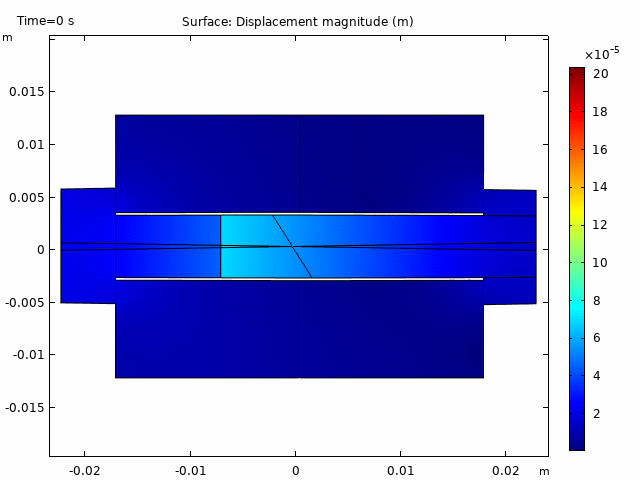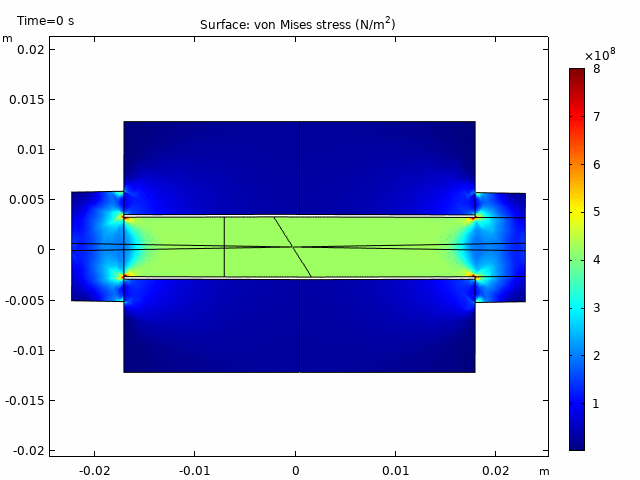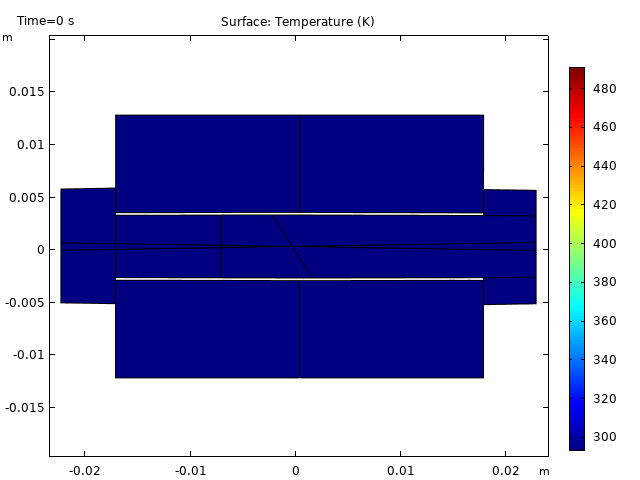02/19/2021
Simulation of Thermal Bolt Loosening
Teammates
Aaron Juchau, Matt Shulman
GOAl
Simulate the effects of thermal cycling on bolt loosening.
Introduction
Aaron Juchau noticed that the bolts on his bicycle were loosening on hot days. We decided to utilize COMSOL thermal simulation to determine how thermal cycling effected bolts and their resulted loosening.
The study of bolt loosening is applicable too many different fields in industry. Different industries and application of bolts are more prone to different failure modes. For example, corrosion in petrochemical or long term fatigue in civil projects, however, bolted connections are critical everywhere.
Bolt Loosening
Bolt loosening is divided into primary and secondary loosening.
Primary Loosening
Transverse Loading
Lateral Load Cycling
Vibration
Thermal Cycling
Secondary Loosening
Microslip of Contact Surfaces
Reverse Bending Moment Exerted on Bolt
Bolt loosening is also divided between spontaneous (short term) and slacking (long term). Spontaneous loosening occurs when a bolt loosens due to shock, vibration or dynamic loads. This can be decreased by increasing axial tension, increasing friction, or decreasing the cycling loading. Slacking is caused by three mechanisms: settlement, creep or relaxation. Settlement is the permanent deformation of the clamped material when the joint is subjected to the increase of stress from dynamic working loads. Creep is a permanent deformation that occurs due to long term exposure to high levels of stress below the yield strength of the materials in the joint. This is more severe in high-temperature applications. Relaxation is when the microstructure in the materials of a joint restructure, converting existing elastic deformation to plastic deformation over a period of time.
Literary Comparison
When defining our system to be simulated, we referenced “Mechanism of Rotational Screw Threading Loosening in Bolted Joints Under Repeated Temperature Changes,” by Sawa et al.





